Forecast
Article
February 2024
As operator spending shifts away from the U.S., six of eight regions will post drilling increases. That being said, some areas—Middle East, Africa and South America—will do better than others, and most gains registered will be modest.

Webcast
Oil & Gas Forecast 2024
February 15, 2024
Energy Workforce & Technology Council
Now in its 98th year, the World Oil Forecast is one of the upstream oil and gas industry's most trusted sources of projections and data relating to global E&P activity. Utilizing data collected from proprietary surveys of governments and operators in the U.S. and worldwide, this definitive industry report includes projections for spending and activity, worldwide drilling and production, and an analysis of political factors impacting the U.S. and international oil and gas industry. Now, more than ever this information will help market leaders make decisions relating to their businesses.

News
July 24, 2023
Chevron Corp.’s board is waiving the mandatory retirement age for CEO Mike Wirth, giving the company more time to find a successor as it notches record production from the world’s most prolific shale basin.
Article
February 2023
Drilling and production are set to experience gains in most regions during 2022, as operators seek to balance development of new supplies with global demand.
Article
February 2023
Proved reserves of natural gas reported by operators established a new record in the United States in 2021, while proved U.S. reserves of oil increased but did not quite return to pre-pandemic levels.
Article
February 2023
Although spending will decelerate in North America, the 2023 forecast for a 19% U.S. capex increase follows a near-record 46% gain in 2022. U.S. drilling will increase 8.2%, with total footage forecast to climb 8.7%, to 289 MMft of hole.
Article
February 2023
Coming off a strong rebound year, the Canadian oil patch is on an upward trend, with strong prices and increased spending. But political uncertainty continues to cast a pall over any long-term optimism.
Article
February 2023
The razor-thin Republican House majority must protect the upstream industry for two years from the Biden administration’s increasingly harmful federal policies.
Article
February 2023
Drilling activity increased 51.3% on an average yearly basis, driving U.S. crude production up to 11.9 MMbopd in 2022, a 6.4% increase compared to the 11.2 MMbopd averaged during 2021.
Article
February 2023
Worldwide E&P spending is set to increase in 2023, albeit slower than growth experienced in 2022. Spending deceleration in North America (NAM) follows a near-record NAM level in 2022. International spending’s growth will slip, due to declines in Russia.
Article
January 2023
Looking for continued improvement in 2023

News
January 27, 2023
Rice University’s Mark Finley, Transocean’s Jeremy Thigpen, U.S. Congressman Wesley Hunt and World Oil’s Kurt Abraham took the stage to share one common theme: oil and gas isn’t going anywhere.

News
January 09, 2023
The report investigates the country’s long-term development agenda, exploring the pathway to becoming a regional hydrocarbons hub, the intersection of natural gas and the energy transition, the future of oil development and more.
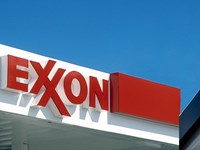
News
December 08, 2022
Exxon will now repurchase $50 billion of stock through 2024, expanding its previous plan of $30 billion through 2023, the Irving, Texas-based company said in a statement. The buyback will now include $15 billion of share repurchases this year, which would be the highest annual total since 2013, according to data compiled by Bloomberg.
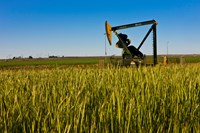
News
December 08, 2022
The US oil operator said Wednesday it will spend $17 billion in 2023 with the Permian Basin accounting for $4 billion of the total spend. This decision comes after U.S. President Joe Biden called on the US energy industry to reinvest more profits in production.
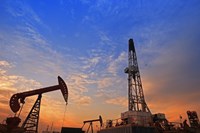
News
December 06, 2022
The U.S. raised its forecast for oil production next year, reversing course after five straight months of cuts that stoked concern about a slowdown in output from shale fields.
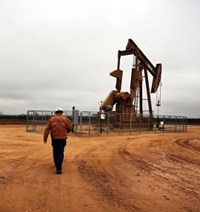
News
December 02, 2022
The short supply of labor in the US oil patch has plagued exploration and production companies all year, and the tightness continues.
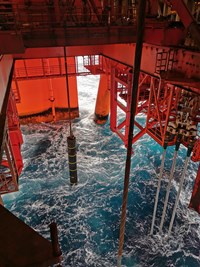
News
December 01, 2022
Eni SpA is considering a takeover of private equity-backed oil and gas explorer Neptune Energy Group Ltd., people familiar with the matter said, in what would be a rare upstream acquisition by a European major amid the broader industry shift to renewables.
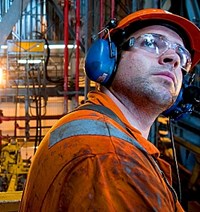
News
November 30, 2022
Offshore Energies UK, the leading trade body for the UK’s offshore energy industry, has launched a report pinpointing key skills shortages that could put the transition to cleaner energies at risk.
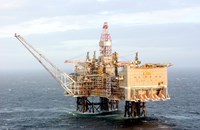
News
November 30, 2022
Government and industry gathered on Nov. 30 to discuss energy security, the energy transition to net zero and challenges to maintaining investment in the North Sea during a forum hosted by industry regulator the North Sea Transition Authority (NSTA).

News
November 29, 2022
Exxon Mobil’s recent discovery in Block 15 off Angola in the Bavuca South prospect adds further credence to the notion that Africa is a significant contender in future energy markets, according to the African Energy Chamber.


